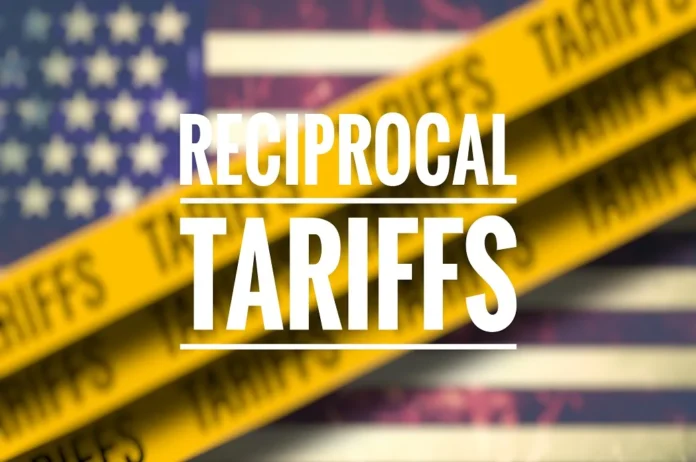A sweeping new wave of reciprocal tariffs introduced by U.S. President Donald Trump officially came into effect on August 7, 2025, targeting over 90 countries and marking one of the most aggressive U.S. trade policies in modern history. The tariff overhaul significantly raises import duties on a wide range of goods, with average rates now reaching the highest levels in over a century. This move signals a deepening of global trade tensions and poses major implications for economies that rely heavily on exports to the United States.
Under the new regime, India faces a tariff of 50%, up from the previously applied 25%. Other nations hit hard include Brazil, Laos, Myanmar, Switzerland, Iraq, and Serbia, with duties ranging between 35% and 50%. Additionally, countries such as Vietnam, Taiwan, Bangladesh, and Thailand will now see their exports to the U.S. taxed at 20% or higher. The European Union, Japan, and South Korea are also subject to increased rates, with minimum tariffs set at 15% for many developed economies. More than 60 countries in total will now face baseline duties of at least 10%.
The economic impact is expected to be widespread. Analysts warn of increased production costs, disrupted supply chains, and inflationary pressure on consumer goods, especially in sectors like apparel, electronics, and automotive. In a rare diplomatic win, Bangladesh managed to negotiate a lower tariff of 20% on its garment exports—down from the proposed 37%—offering some relief to its $40 billion textile sector.
With these tariffs now in effect, global exporters are bracing for a challenging period ahead. Businesses, particularly in Asia and Latin America, are expected to reassess pricing, supply routes, and trade partnerships in response to this protectionist shift.



